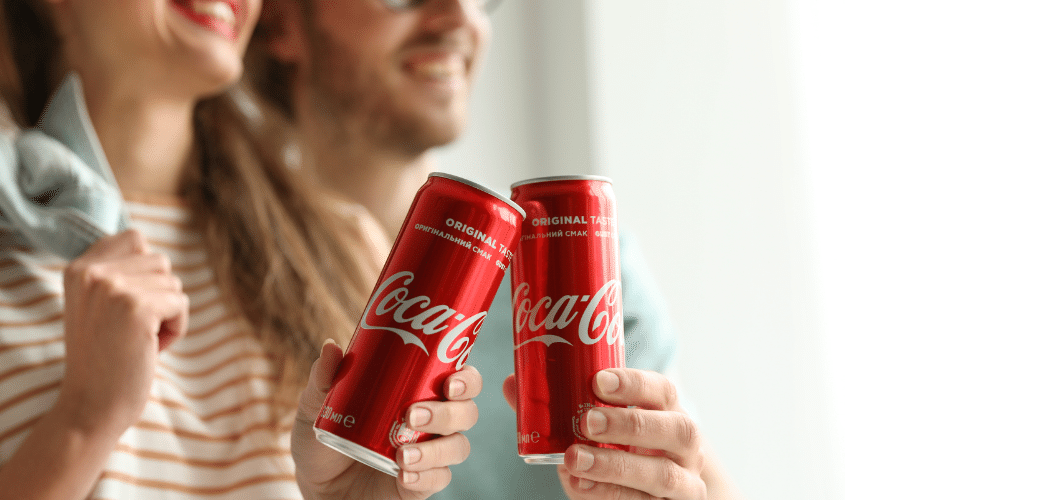With parents and kids forced to stay at home due to Covid-19, the desire among fathers to find goods that make their roles as dads easier is intensifying. Now some niche brands, such as the recently launched line called DADZ, are responding.
But where does he find it? At what place do fathers find brands – new and existing – designed expressly for their needs?
The Covid-19 pandemic has forced many retailers to be more creative and opportunistic. This is one such rare opportunity: Retail has a chance to capture a lucrative and expanding demographic just as it is about to hatch.
However, that requires making some obvious investments in merchandising and store layout to prove to fathers that the retailer understands their needs.
Mom Products Outnumber Father Products More Than 3 To 1
It’s not that retailers and brands don’t recognize men as a category – the men's personal care industry is predicted to generate $166 billion by 2022, according to Allied Market Research. Rather, it appears retailers have not fully distinguished the behaviors and mindsets of fathers as opposed to men in general.
Look up “motherhood” on Target’s website, and it produces nearly 1,300 products. Enter “fatherhood” and it turns up about 400.Recommended For You
- This Type Of Mask Is Now Banned From Delta Flights
- Dunkin’, McDonalds, And Starbucks To Close Hundreds Of U.S. Restaurants
- Flocksy Brings A New Design To Platform-Based Services
The need for goods designed to solve father issues is becoming more evident through social platforms dedicated to this demographic – including Dads 4 Life and Life of Dad, the latter of which counts 3.5 million followers on its Facebook page.
The creators of the line DADZ, including the actor Max Greenfield (of New Girl fame), partnered with Life of Dad to create a focus group to learn how fathers shop and the kinds of goods they wish they could buy. The result is a line of “healthy, performance-minded products.”
4 Things Fathers Know Best
“What surprised me the most was how much pent-up energy and excitement the dad audience had about a brand that celebrated fatherhood as they do,” Greenfield said in an email statement, when asked how the focus group helped shape the DADZ line.
Following are some of the insights from that focus group, as provided by fellow DADZ cofounder and father, Mike Constantiner.
1. More dads are buying baby-care items. One-fifth of all fathers are the usual grocery shoppers, according to a 2019 Pew Research study, and as of 2016, 62% of younger fathers were more likely than older generations to be the primary grocery shoppers. This was backed by the DADZ focus group – 92% said they buy diapers and groceries most of the time.
2. Dads wish CPG brands acknowledged their parenting. Fathers said they feel like most existing brands treat them with the “old” view that they’re barely involved, when in fact they are very involved and proud of it.
3. Dads geek out about being prepared. One of the fathers in the focus group repurposed his firearms bag into a backup diaper bag, which he keeps in the car. “A lot of these guys turn the dirty parenting duties into a sport or competition,” Constantiner said. “It’s not about bragging that you’ve never changed a diaper … it’s about how fast you can change a diaper.”
4. After their kids’ security and safety, the biggest issue for dads is lack of energy. They feel exhausted all the time, Constantiner said. “They just want to feel like themselves again.” This finding contributed DADZ’s first product, an energy drink mix called Lightning Stick.
Retailers Should Give Fathers A Hand
It is largely up to packaged goods makers to create products for retailers to carry, but let’s not downplay retail’s role – most have private label portfolios, informed by customer data. Extending into the father category seems like a natural evolution. It’s the execution – presenting it in the store, and online – that is more critical to ensuring brand meets dad.
Retailers can use this time, while more fathers are working from home and therefore feeling the pressure of dad-hood, to do the following:
Measure shopping patterns: Retailers can conduct in-store research to distinguish how fathers, versus non-fathers, traverse the store. The findings could help them identify ways to incorporate the products fathers desire without disrupting the flow for other key demographics, including moms.
Test potential father products alongside kid stuff: A classic in-store study concluded that retailers should display beer near diapers because men, when summoned to buy diapers, would likely grab a six-pack. Today, stressed-out dads might prefer wellness products or goods that specifically support the fatherhood role.
Acknowledge dads. Fathers will likely remember a retailer that made a habit of recognizing their efforts. Special “father-kids” shopping days, with promotions for dads who bring their children to the store, might generate new sales.
Acknowledge moms, too. Retailers aren’t likely to ignore this key demographic, but they could benefit by letting mothers know how well fathers are being served at the store. While more men and fathers are shopping, women still influence 70% to 80% of all consumer purchasing, and that likely includes products for their partners.
And that leads to an important bonus: Any effort to bring more dads into the store should help distribute the task of shopping at home. Mothers have been wanting to bottle that experience for generations, and will likely buy from retailers and brands thoughtful enough to provide it.
Bryan Pearson is a Featured Contributor to The Wise Marketer and currently serves as a director and strategic advisor to a number of loyalty-related organizations. He is the former CEO of LoyaltyOne.
This article originally appeared in Forbes. Be sure to follow Bryan on Twitter for more on retail, loyalty, and the customer experience.




